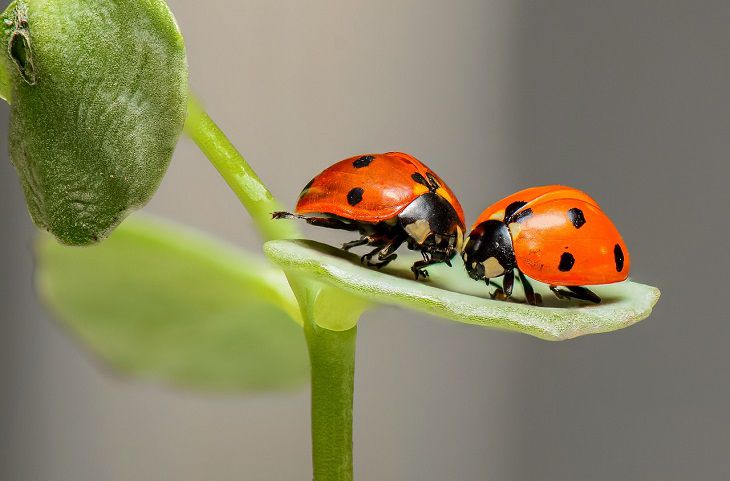Garden insects that don't damage your plants: Gardening tips
When taking care of your garden plants, you should always make sure that they won't be damaged by different types of pests.
Meanwhile, not all insects can be seen as pests, so you don't have to get rid of every insect you see in your garden.
Here are a few examples of insects that don't damage (and sometimes even benefit) your plants.
Ladybugs
Ladybugs are small, colorful insects that are helpful in the garden.
They feed on harmful pests like aphids and scale insects, keeping your plants safe.

Bees
Bees are essential pollinators. While they collect nectar and pollen from flowers, they don't harm the plants.
In fact, they promote the growth of fruits and vegetables.
Praying Mantises
Praying mantises are beneficial predators.
They eat various harmful insects, including caterpillars and beetles, making them guardians for your garden.
Ground Beetles
Ground beetles are nocturnal hunters that feed on slugs, snails, and insect larvae.
They are beneficial for controlling pests that can damage plants.
Green Lacewings
Green lacewings are insects with delicate, lacy wings. In their larvae stage, they are voracious predators, consuming aphids, mites, and other small pests.
Hoverflies
Hoverflies resemble bees but do not sting.
Their larvae feed on aphids, making them helpful allies in protecting plants from these destructive pests.
Earthworms
While not insects, earthworms play a crucial role in maintaining healthy soil.
They burrow and aerate the soil, promoting better water and nutrient absorption for plants.
Beneficial Nematodes
These microscopic roundworms are beneficial for controlling soil-dwelling pests like grubs and larvae.
They do not harm plants but help keep harmful insects in check.
Butterflies
Butterflies, like bees, are pollinators.
They visit flowers to collect nectar and play a vital role in the reproductive cycle of many plants without causing harm.
